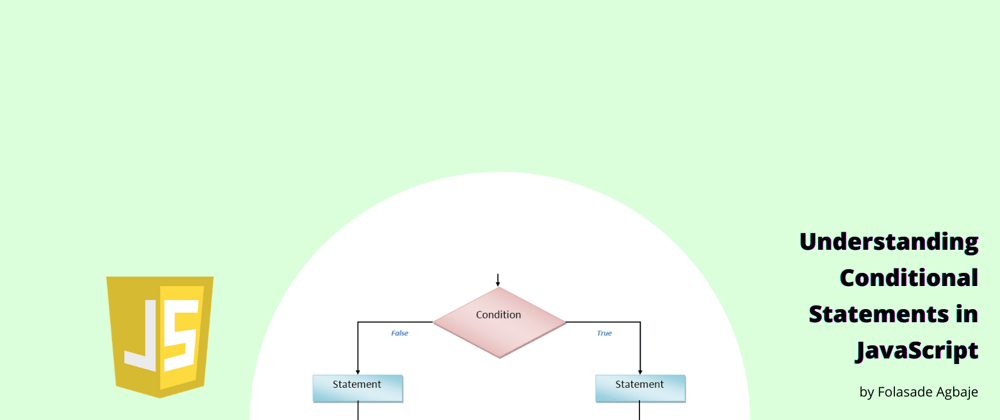Conditional statements execute specific actions from a code depending on whether the result of the code is true or false.
This means if a condition is true, a specific code runs and if false, another code runs.
If statement
The 'if' statement runs a specified code segment if the given result is ''true.''
This implies that the code block will be ignored in the case of a false result, and the code will move on to the next section.
let location = "outside";
if (location === "outside") {
console.log("Wear your nose mask! 😷");
}
//Output: Wear your nose mask! 😷
Else statement
The 'else' statement is written after the if statement and executes the code if the result of the given condition is 'false'.
let location = "inside";
if (location === "outside") {
console.log("Wear your nose mask! 😷");
} else {
console.log("I don't need a nose mask 😃");
}
//Output: I don't need a nose mask 😃
Else if statement
The 'else if' specifies another condition if the first condition is not true. They are used to add more conditions to an if/else statement.
let location = "inside";
if (location === "outside") {
console.log("Wear your nose mask! 😷");
} else if (location === "inside") {
console.log("I don't need a nose mask 😃");
} else {
console.log("Always protect yourself");
}
//Output: I don't need a nose mask 😃
Switch-case statement
This is a really cool way to execute different sets of statements based on the value of a variable. It is a neater version of multiple If-Else-If blocks.
A break is used between the cases & the default case gets evaluated when none of the cases are true
let location = "my room";
switch (location) {
case "outside":
console.log("Wear your nose mask!");
break;
case "my room":
console.log("Yaay, I can relax 💆");
break;
default:
console.log("Always protect yourself!");
}
//Output: Yaay, I can relax 💆
Ternary Operator
The ternary operator is a shorthand syntax for an if/else statement.
The first expression after the ? executes when the condition evaluates to true, and the second expression after : executes when the condition evaluates to false.
const location = "outside";
location === "outside"
? console.log("Wear your nose mask! 😷")
: console.log("Always protect yourself!");
Output: Wear your nose mask! 😷







Top comments (0)